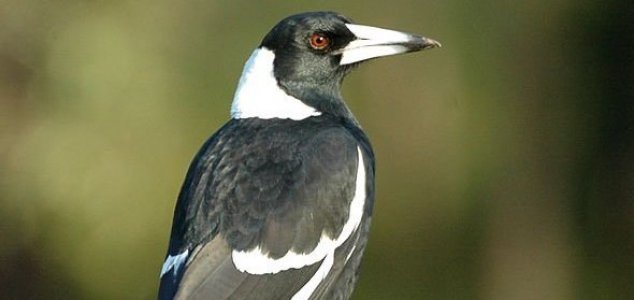Palaeontology
August 2, 2014 · 13 comments
13 comments

Today's birds are far removed from their reptilian progenitors. Image Credit: CC BY-SA 3.0 Aviceda
The evolutionary process that governed this transformation has not been well understood, but now researchers from the University of Adelaide in Australia have put together a detailed family tree mapping the evolution of therapod dinosaurs to the agile flying birds we see today.
Their results indicated that meat-eating dinosaurs underwent several distinct periods of miniaturization over the last 50 million years which took them down from an average weight of 163kg to just 0.8kg before finally becoming modern birds.
"Being smaller and lighter in the land of giants, with rapidly evolving anatomical adaptations, provided these bird ancestors with new ecological opportunities, such as the ability to climb trees, glide and fly," said study leader Mike Lee.
Source: BBC News | Comments (13)
Dinosaurs shrank for over 50 million years
By T.K. RandallAugust 2, 2014 ·
 13 comments
13 comments
Today's birds are far removed from their reptilian progenitors. Image Credit: CC BY-SA 3.0 Aviceda
Researchers have been piecing together how therapod dinosaurs eventually became today's birds.
Aside from ostriches and a few other large species, most modern birds are predominantly tiny and look nothing at all like their prehistoric meat-eating ancestors.The evolutionary process that governed this transformation has not been well understood, but now researchers from the University of Adelaide in Australia have put together a detailed family tree mapping the evolution of therapod dinosaurs to the agile flying birds we see today.
"Being smaller and lighter in the land of giants, with rapidly evolving anatomical adaptations, provided these bird ancestors with new ecological opportunities, such as the ability to climb trees, glide and fly," said study leader Mike Lee.
Source: BBC News | Comments (13)

The Unexplained Mysteries
Book of Weird News
AVAILABLE NOW
Take a walk on the weird side with this compilation of some of the weirdest stories ever to grace the pages of a newspaper.
Click here to learn more

Support us on Patreon
BONUS CONTENTFor less than the cost of a cup of coffee, you can gain access to a wide range of exclusive perks including our popular 'Lost Ghost Stories' series.
Click here to learn more
Ancient Mysteries and Alternative History
United States and the Americas
Earth, Natural Disasters and the Environment
Science and Technology
Total Posts: 7,768,313 Topics: 325,021 Members: 203,765
Not a member yet ? Click here to join - registration is free and only takes a moment!
Not a member yet ? Click here to join - registration is free and only takes a moment!

































Please Login or Register to post a comment.